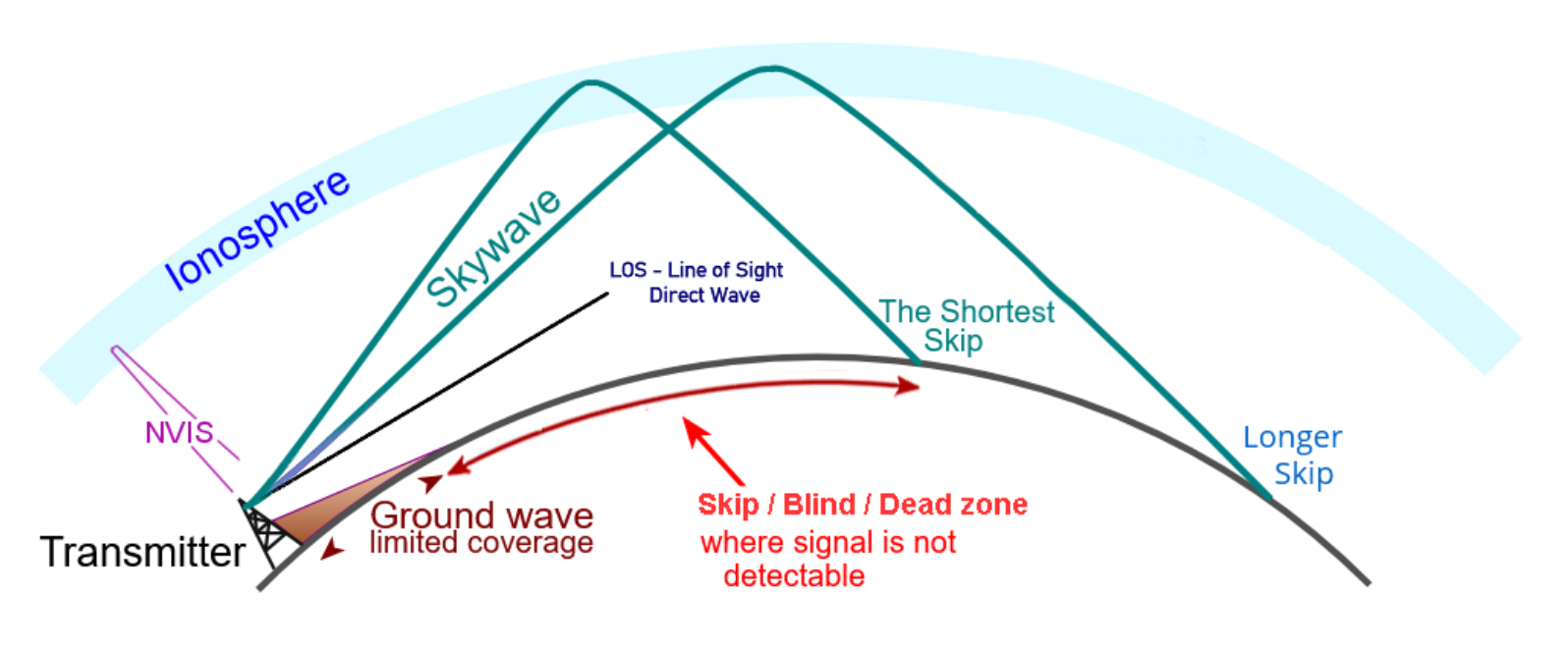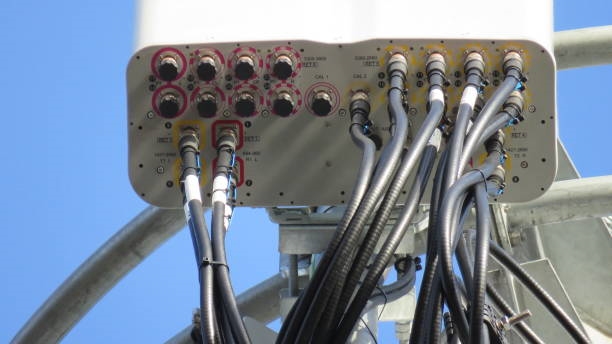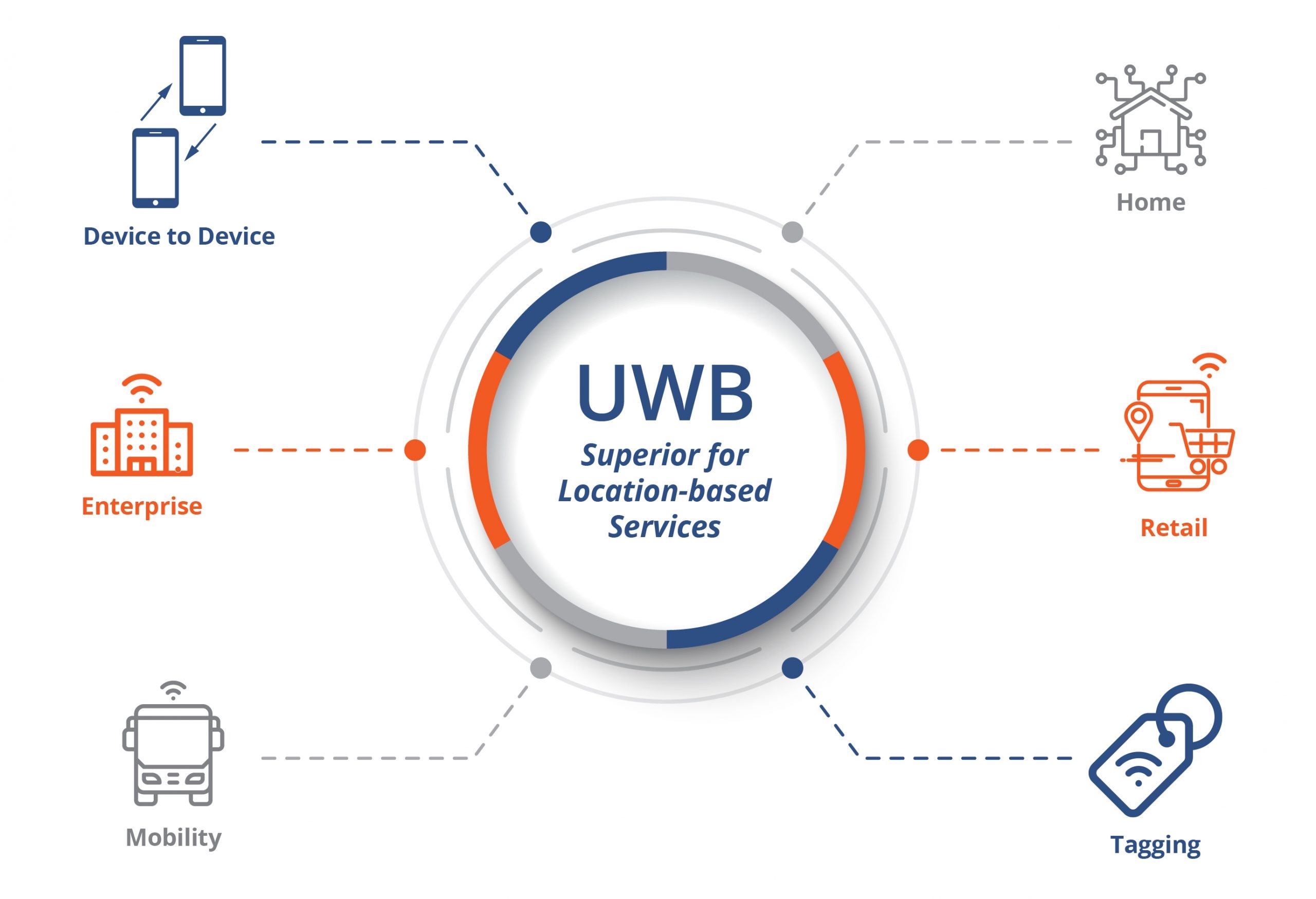RF Communication: Radio Wave Propagation
In the realm of RF (Radio Frequency) communication, radio wave propagation is one of the most fundamental concepts. Without understanding how radio waves travel through different environments, it’s impossible to design reliable wireless systems—whether for mobile phones, satellite links, Wi-Fi, or emerging IoT networks.
1. What Is Radio Wave Propagation?
Radio wave propagation refers to the behavior of radio signals as they travel from a transmitter to a receiver. The transmitted waves interact with the atmosphere, terrain, and objects in the environment, which determines the signal strength, coverage, and reliability.
Key factors influencing propagation:
-
Frequency of operation
-
Distance between transmitter and receiver
-
Environmental conditions (urban, rural, indoors, atmosphere, ionosphere, etc.)
-
Obstacles and terrain

2. Types of Propagation
a) Ground Wave Propagation
-
Dominates at low frequencies (LF, MF).
-
Waves travel along the Earth’s surface, following its curvature.
-
Useful for AM radio broadcasting and maritime communication.
b) Sky Wave Propagation
-
Occurs at HF (3–30 MHz).
-
Radio waves are reflected (or refracted) back to Earth by the ionosphere, enabling long-distance communication across continents.
-
Used in amateur radio and shortwave broadcasting.
c) Line-of-Sight (LOS) Propagation
-
Primary mode at VHF, UHF, and microwave frequencies.
-
Signals travel in a straight line and require clear path visibility between transmitter and receiver.
-
Essential for satellite communication, radar, and mobile networks (4G, 5G).
3. Phenomena Affecting Radio Waves
-
Reflection: Bouncing off surfaces (buildings, water, mountains).
-
Diffraction: Bending around obstacles, allowing signals to reach areas not in direct line of sight.
-
Scattering: Caused by small objects or rough surfaces, spreading energy in many directions.
-
Absorption: Loss of signal strength as energy is absorbed by walls, foliage, or the atmosphere.
-
Fading: Variation in signal strength due to multipath propagation.
4. Propagation and Frequency Dependence
-
Low frequencies → better at diffracting around obstacles, ideal for long-range but low data rates.
-
High frequencies → require line-of-sight, higher capacity, but easily blocked by obstacles.
-
Millimeter waves (30–300 GHz) in 5G → very high bandwidth, but highly sensitive to rain, buildings, and even human bodies.
5. Practical Applications
-
Broadcasting (AM/FM/TV)
-
Cellular networks (2G–5G and beyond)
-
Satellite and GPS systems
-
Military and aviation communication
-
IoT and smart devices
Conclusion
Understanding radio wave propagation is vital for engineers, researchers, and system designers. By considering the environment, frequency, and propagation mode, one can optimize system performance and ensure reliable RF communication. As wireless technologies continue to evolve—from traditional broadcasting to advanced 5G and 6G networks—propagation studies remain the backbone of innovation.
 ALLPCB
ALLPCB







